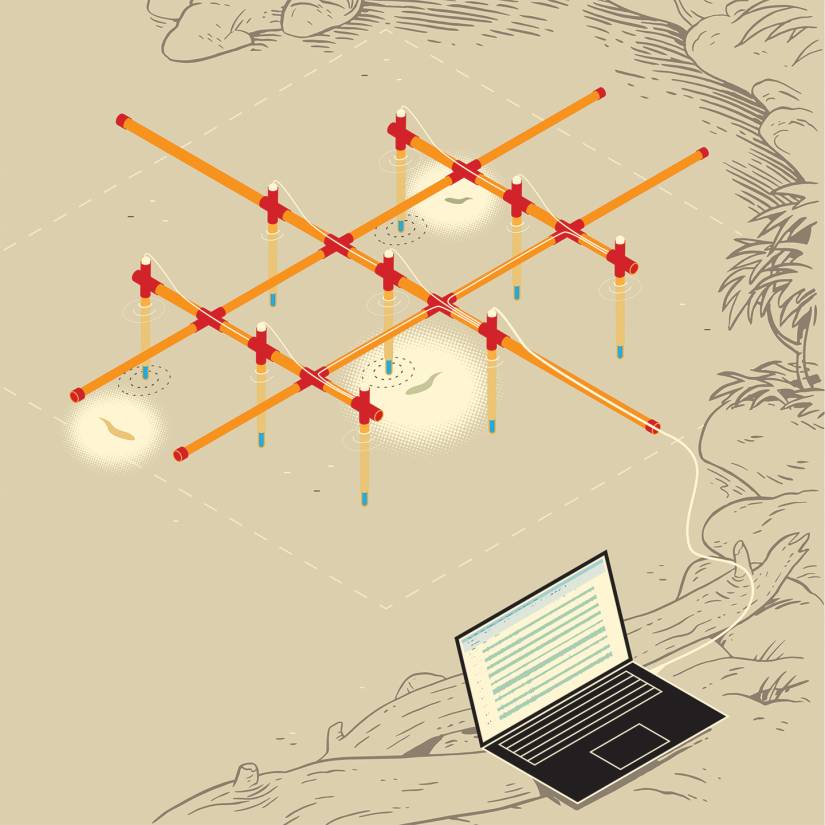Amanda Edwards’s presentation at the OSU MBI Workshop: CONTROL AND MODULATION OF NEURONAL AND MOTOR SYSTEMS, September 12, 2017:
https://mbi.osu.edu/video/player/?id=4343
Abstract: People with damage to their cerebellum often exhibit “reaching ataxia”, or misdirected, poorly scaled movement patterns which are reminiscent of a poorly tuned control system. Ataxia affects most all activities of daily living (e.g. eating, cooking, bathing, dressing, working). It is believed that these patients have a static, miscalibrated internal model of their body dynamics; however, it is unknown whether their feedback control is intact. We challenged these participants with visuomotor system identification tasks in order to model their feedback control architecture. Our results suggest that cerebellar patients have intact feedback control, but are forced to rely on time-delayed visual feedback. The key difference is that healthy subjects seem to be able to compensate for their visuomotor delay suggesting that the cerebellum may be serving the role of a Smith predictor for this task. Finally, we were able to leverage the cerebellar patients intact visuomotor feedback control system to improve the scaling of these movements by altering their visual feedback based on their real-time movement in a virtual reality environment.
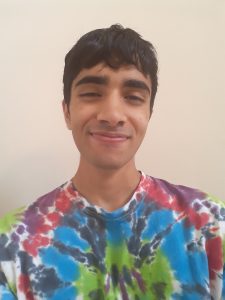


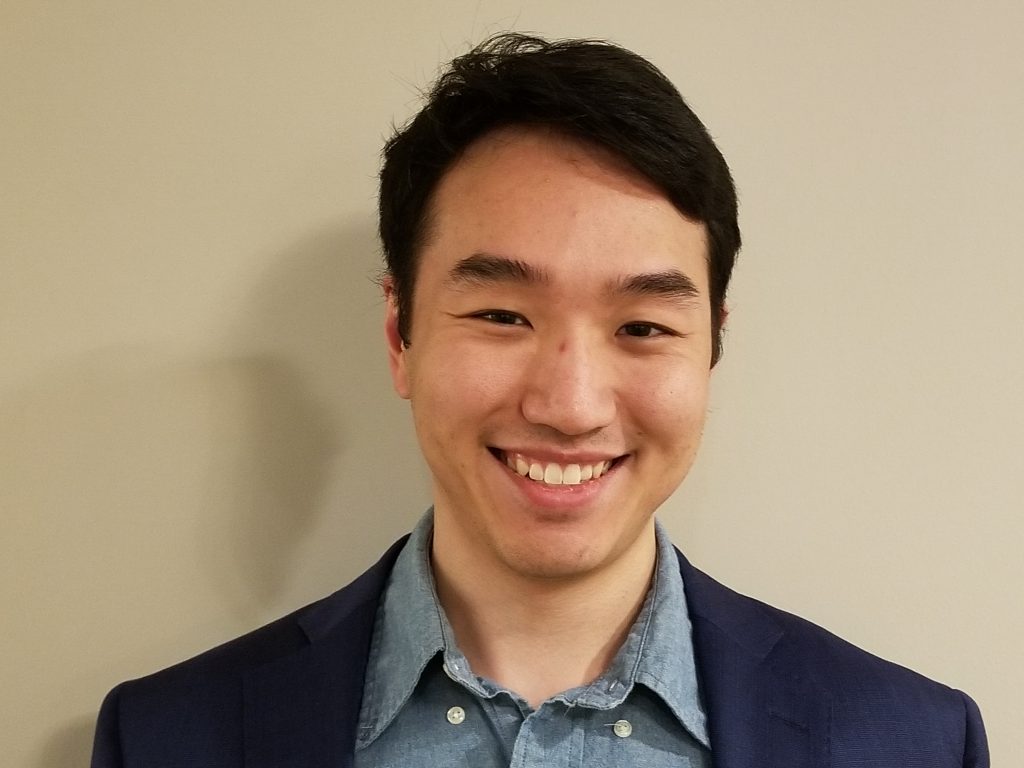
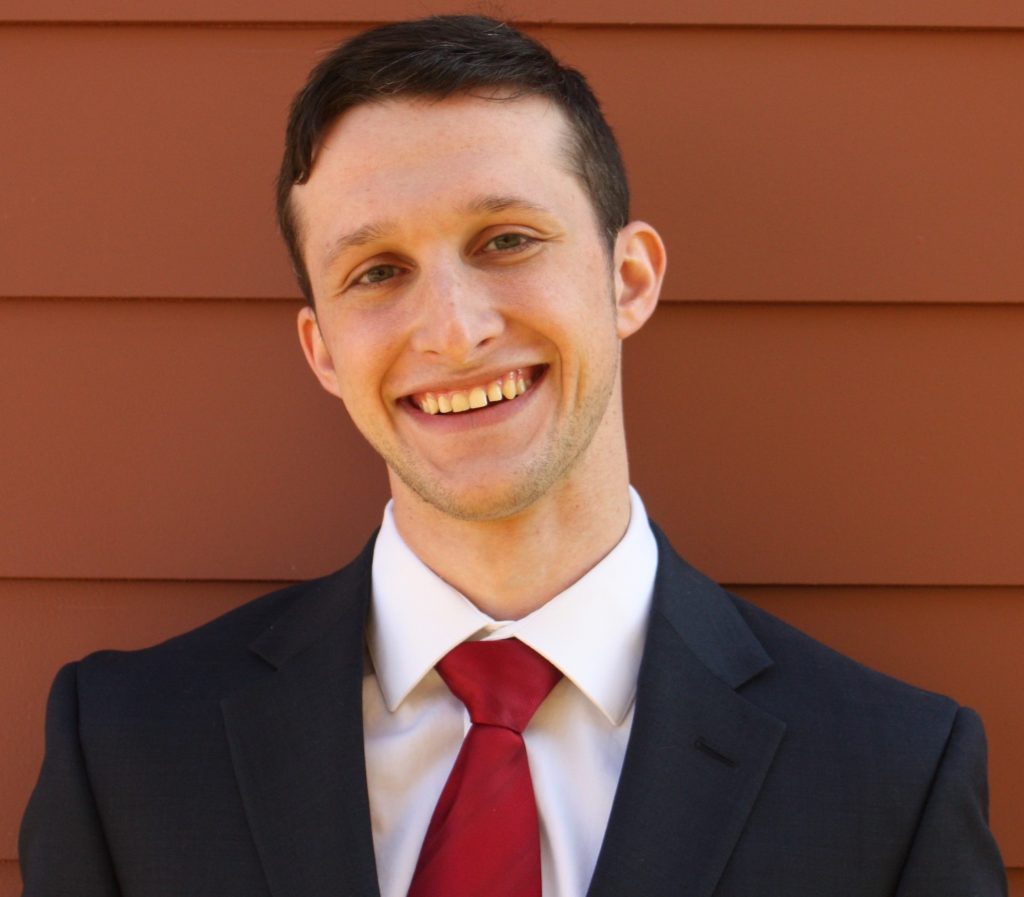
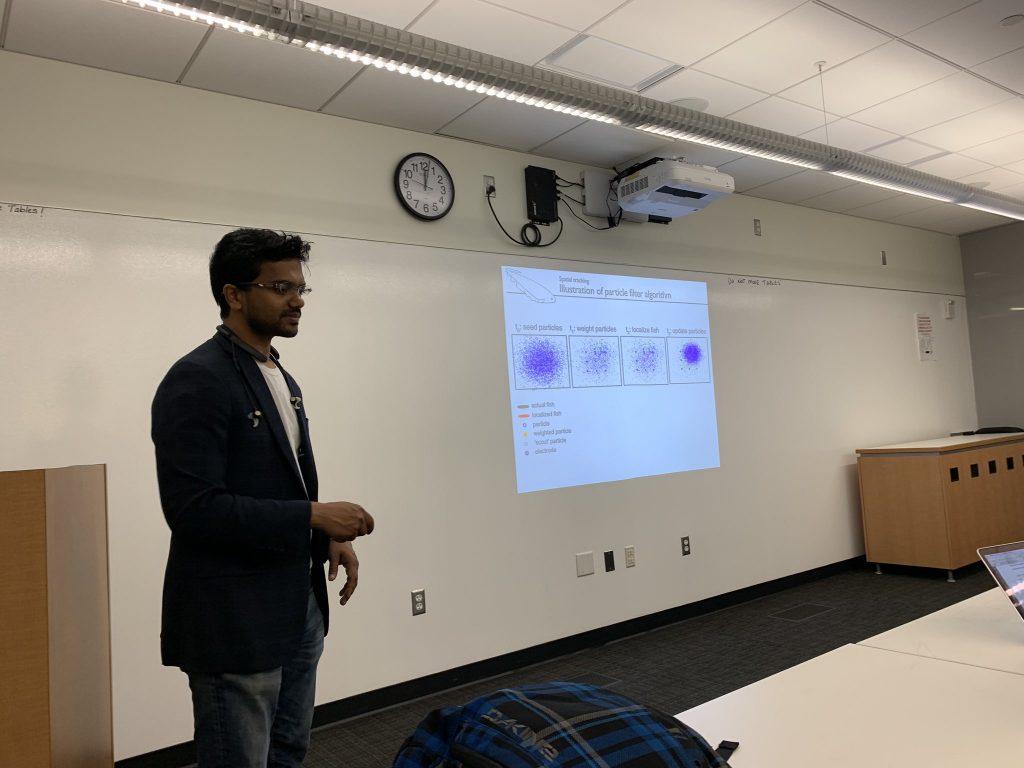
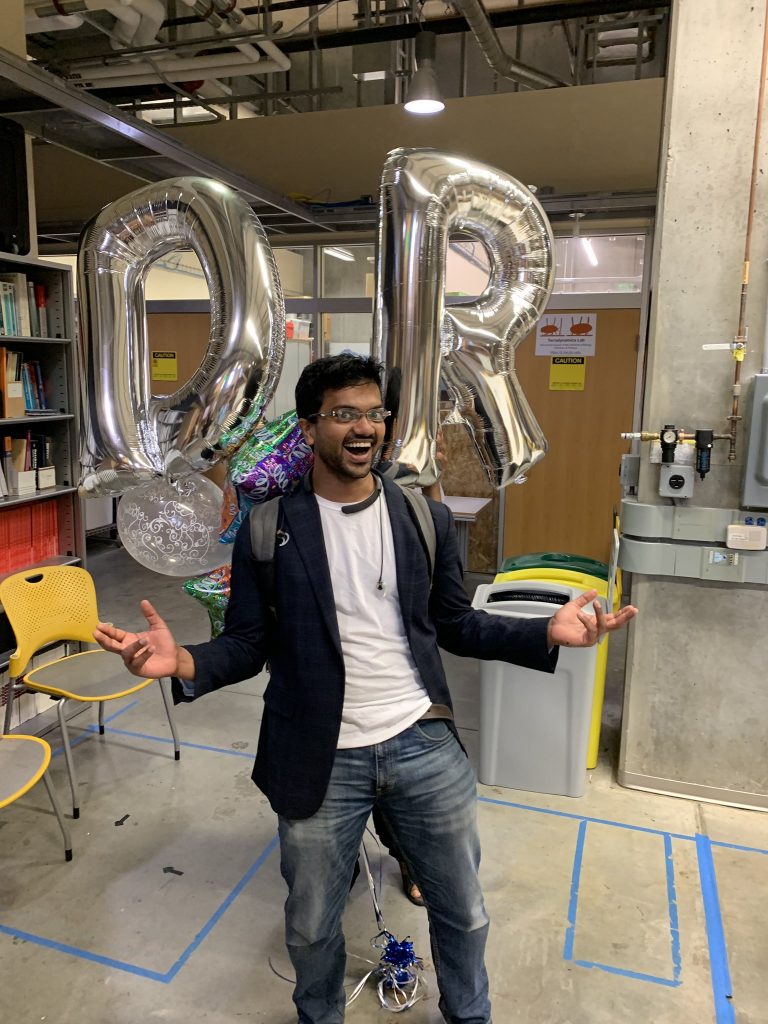
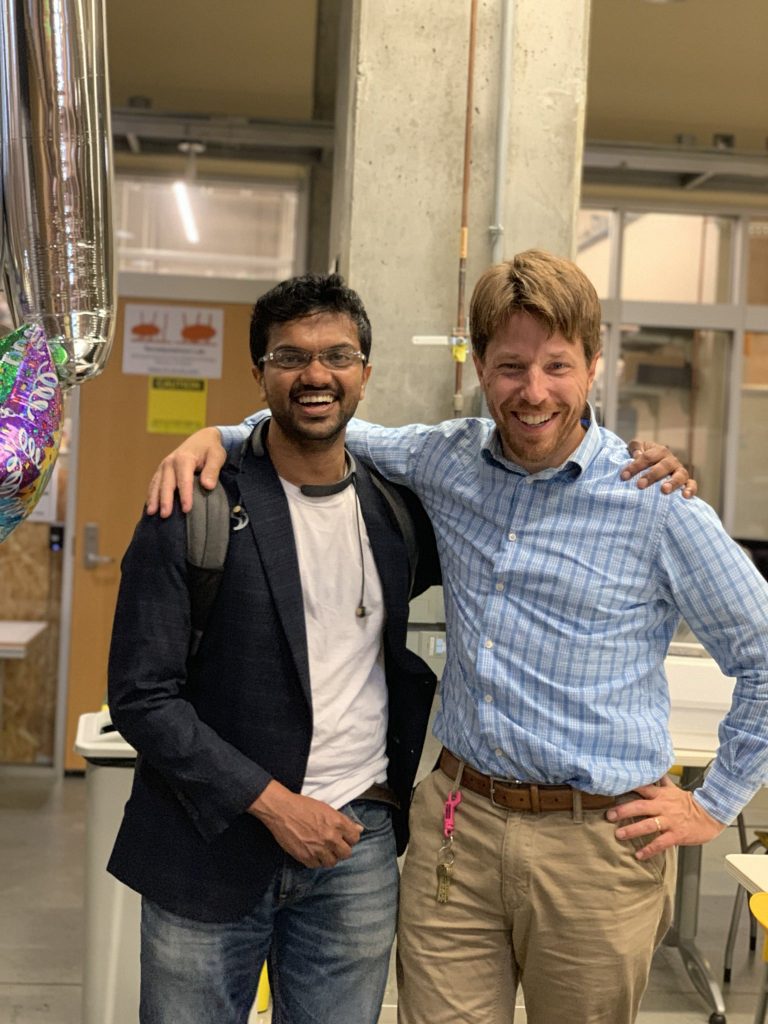
![[PDF]](https://limbs.lcsr.jhu.edu/wp-content/plugins/papercite/img/pdf.png)
